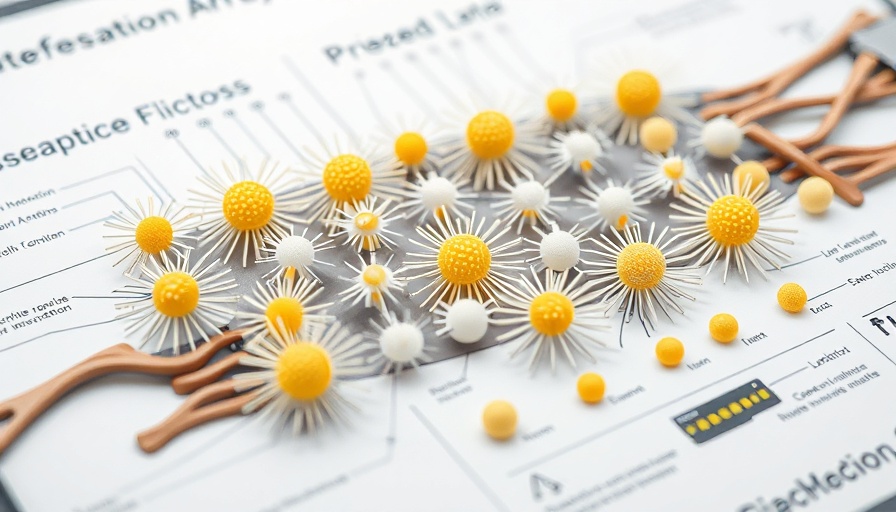
The Future of Artificial Vision: Revolutionizing AI with Synaptic Device Arrays
In a remarkable breakthrough for artificial intelligence, researchers have developed a compact synaptic device array that blends sensing, memory, and processing to enhance artificial visual systems. This innovation, measuring only 0.7 × 0.7 cm2, mimics the complex functions of the human visual system by integrating optical and electrical components.
How the Synaptic Device Array Works
The newly designed array utilizes wafer-scale monolayer molybdenum disulfide (MoS2) combined with gold nanoparticles—this combination boosts electron capture, leading to superior performance. The device has shown exceptional capability, achieving a 96.5% accuracy rate in digit recognition. It functions by using MoS2 floating-gate field-effect transistors to replicate the neural connectivity present in human vision.
Challenges Overcome in Current AI Vision Systems
The advancements presented by this device address several ongoing challenges in artificial vision technologies. Traditional systems often struggle with high power consumption, circuit complexity, and the difficulties linked to miniaturization, primarily due to the separation between signal devices and processing units. The synaptic array overcomes these barriers by allowing real-time processing integrated within a single framework, significantly enhancing performance and efficiency.
Applications and Implications of Enhanced Artificial Vision
Jing Zhao, the lead researcher, emphasizes that these developments could pave the way for large-scale integrated artificial visual systems. With such high accuracy and the ability to process optoelectronic signals in parallel, the potential applications are expansive. From robotics to smart cities, this technology could redefine how machines interpret visual data and interact with environments autonomously, leading to smarter AI systems.
What This Means for the Future of AI
The rise of synaptic device arrays represents a significant step toward biologically inspired artificial intelligence. This approach not only enhances performance in tasks such as image recognition but also opens doors for deep learning and advanced computational roles. As research continues, the future holds exciting possibilities for merging human-like sensory capabilities with machine learning. Imagine a world where AI not only recognizes objects but understands them contextually, offering enhanced interaction and functionality.
In conclusion, as the fields of machine learning and artificial intelligence progress, the successful implementation of synaptic devices like this one promises to change the landscape of technology and its applications in dramatic ways. By fostering better integration of visual processing, the pathway is being laid for advanced systems that resemble human cognition.
 Add Row
Add Row  Add
Add 




Write A Comment